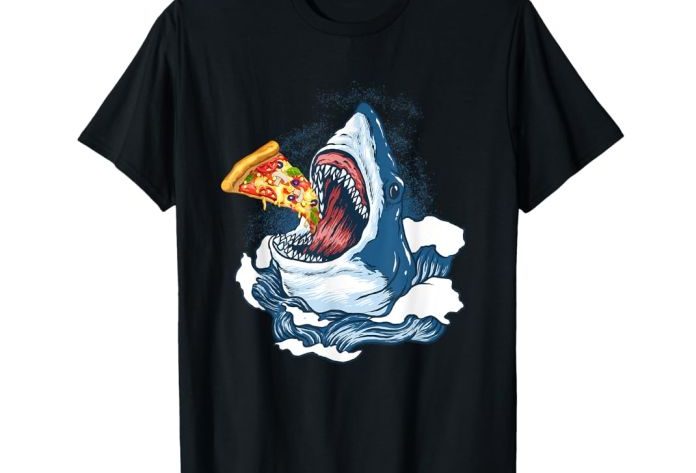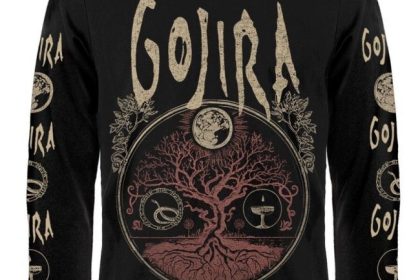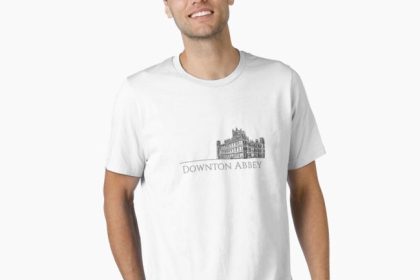The story behind Jaws official merchandise is a fascinating journey that intertwines cinematic history, marketing innovation, and fan culture. When Steven Spielberg’s 1975 blockbuster “Jaws” hit theaters, it not only redefined the thriller genre but also revolutionized how films could be marketed beyond the silver screen. The film’s unprecedented success created a unique opportunity for merchandise that captured the imagination of audiences worldwide.
Initially, movie merchandising was relatively modest; studios primarily focused on posters and lobby cards. However, “Jaws” changed this paradigm by inspiring an extensive range of products directly linked to its iconic imagery and themes. The menacing great white shark became a symbol that transcended the film itself, making it an ideal candidate for various consumer goods. From t-shirts emblazoned with the unmistakable shark silhouette to collectible figurines replicating key characters and scenes, Jaws merchandise quickly gained popularity among fans eager to own a piece of cinematic history.
One of the most notable aspects of Jaws official merchandise was its strategic timing and variety. Released shortly after the film’s debut, these items capitalized on peak excitement while reinforcing brand recognition. Toy manufacturers produced detailed shark models that appealed not only to children but also adult collectors fascinated by marine life or horror memorabilia. Apparel companies introduced casual wear featuring clever slogans like “You’re gonna need a bigger boat,” embedding memorable lines into everyday fashion.
Moreover, licensed products extended beyond physical goods into other media formats such as novelizations and soundtrack albums featuring John Williams’ unforgettable score. These extensions helped maintain audience engagement long after leaving theaters and contributed significantly to building Jaws’ cultural legacy.
Behind this commercial success lay careful collaboration between Universal Pictures-the studio behind Jaws-and various licensing partners who understood how to balance authenticity with market appeal. Ensuring quality control over designs was crucial since anything subpar risked diluting the brand’s powerful image established by Spielberg’s masterful direction.
Over time, original vintage pieces have become highly sought-after collectibles commanding impressive prices at auctions worldwide-a testament to their enduring value in pop culture history. Fans cherish these artifacts not only for nostalgia but because they represent one of the earliest examples where movie merchandising evolved into an art form in its own right.
In conclusion, Jaws official merchandise tells more than just a story about consumer products; it reflects a pivotal moment when Hollywood recognized the potential in extending storytelling through tangible items fans could treasure forever. This synergy between cinema and commerce set new standards still influential in today’s entertainment industry marketing strategies-proving that sometimes what lies beneath can capture hearts far beyond what meets the eye on screen.




